O6 Steel: Properties, Uses and Heat Treatment
 Nov 24,2024
Nov 24,2024

The cold work steels have high carbon and are further categorized into three groups. These are oil-hardening, air-hardening and high-chromium steels, Oil hardening steels are O group steels and contains O1, O2, O6, and O7 steels. This article discusses O6 oil-hardening cold work steel.
What is O6 steel?
O6 cold work steel is graphitic tool steel. It has remarkable metal sliding wear and galling resistance. The microstructure has homogenous distribution of graphite particles which increases machinability and non-seizing features. These particles also have self-lubrication capability in dry atmospheres and can retain oil lubrication for a long period of time. O6 Oil hardening steel can have hardenability to over 60HRC from a low hardening temperature. This reduces the size change and distortion in microstructure
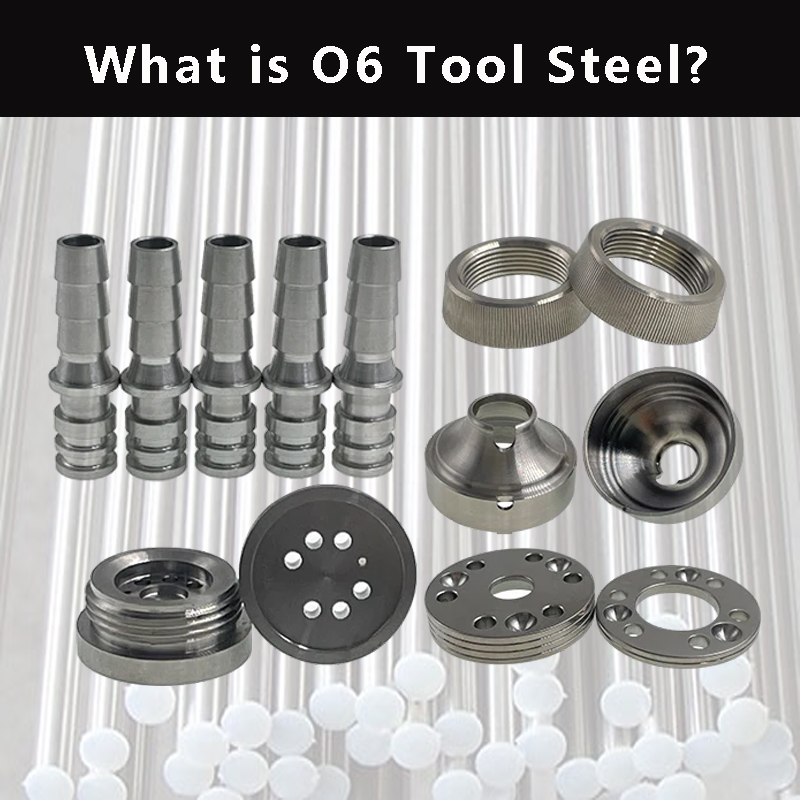
Is O6 good steel?
Yes, O6 or ASTM A681 steel is good and has highest wear resistance in O group. It is used in applications where high dimensional accuracy is required. However, the hardenability is relatively low among other O series cold work steels.
What is Equivalent to O6 steel?
|
Country |
grade |
standards |
|
USA |
A681 T31506 |
ASTM UNS |
|
Japan |
J437 J438 |
SAE |
|
China |
1299 |
GB/T |
|
Germany |
17350 |
DIN |
Will O6 Tool Steel Rust?
No, O6 cannot rust. It has high chromium and carbon with high corrosion and wear resistance. it is also known as oil hardening cold work steel which is not likely to corrode easily.
Advantages and Disadvantages of O6 Tool Steel
The advantages of O6 Tool Steel are:
- ASTM A681 is known for its resistance to wear and galling in metal-to-metal sliding uses
- O6 has high machinability and is provides high precision and dimensional accuracy for complex geometries.
- UNS T31506 has remarkable dimensional accuracy.
- It has high hardenability at low hardening temperatures. it has less distortion during heat treatment due to high dimensional accuracy
- O6 has self-lubricating features in the dry atmosphere due to the presence of graphite particles
O6 tool steel has few limitations
- O6 tool steel requires heat treatment before machining due to high hardness.
- Proper cutting tools, speed and feed rate must be used to optimize the O6 tool life
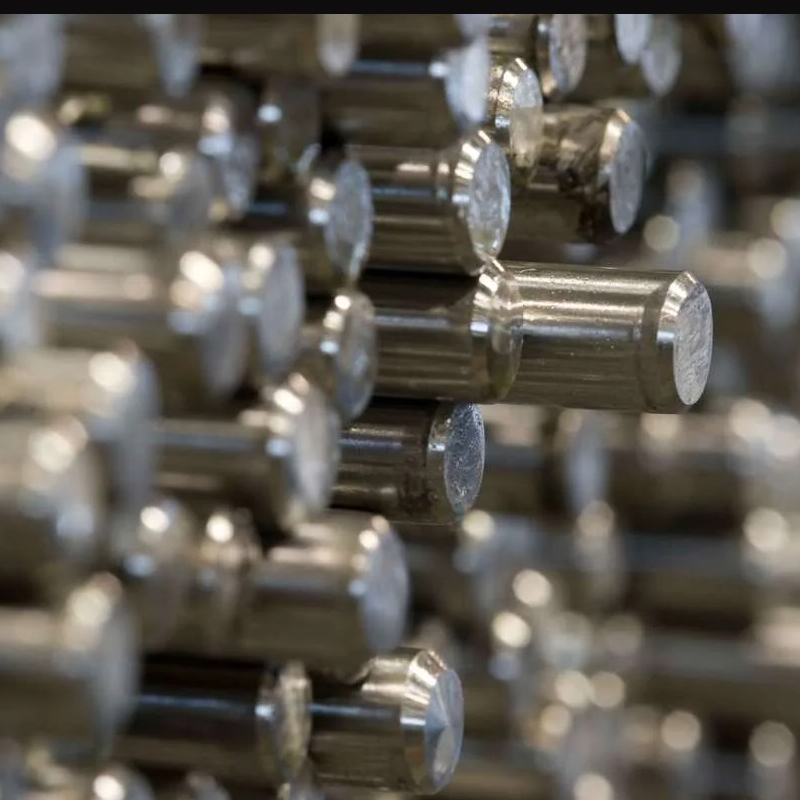
What is O6 Tool Steel Used for?
- Industrial applications
It is used in tools production for cold-work applications. These are like making punches, dies, reamers, and broaches. Its tools have high wear resistance and toughness.
- Machine parts
It is preferred in machine components due to high resistance to stress and wear. These are like gears, shafts and bushing.
- Woodworking industries
UNS T31506 is used to make knives and cutting tools. It has high edge retention and hardness. O6 tool is also used in making industrial knives, shearing blades and chisels. It is used in when high impact resistance is needed.
O6 Tool Steel Composition
The composition of ASTM A681 tool steel is:
|
Elements |
Percentage (max) |
|
Carbon |
1.55 |
|
Silicon |
1.50 |
|
Manganese |
1.1 |
|
Phosphorus |
0.03 |
|
sulfur |
0.03 |
|
Chromium |
0.3 |
|
Molybdenum |
0.3 |
Physical and Mechanical Properties of O6 Tool Steel
Density
The density of O6 tool steel 7.67kg/m3
Thermal conductivity
The thermal conductivity of O6 tools steel is 7.4% IACS
Electrical conductivity
The electrical conductivity of O6 tool steel is 43 W/m-K
Thermal expansion
The coefficient of thermal expansion of ASTM A681 is 6.23 x 10-6 in/in/°F
Tensile strength
It has 670MPa tensile strength.
Yield strength
O6 has 410MPa yield strength.
Elongation
The elongation of O6 tool steel is 20%
Hardness Chart
|
Hardness |
Value |
|
Rockwell C |
65 |
|
Knoop hardness |
850 |
|
Brinell hardness |
752 |
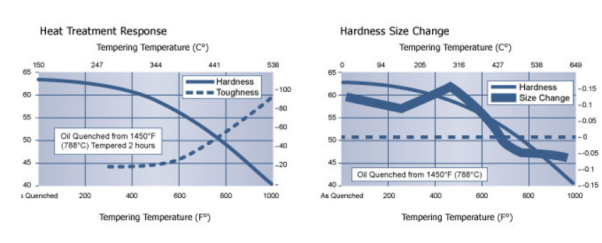
Heat Treatment of O6 Tool Steel
Hardening
Hardening of O6 steel is carried out by austenitizing, quenching and tempering.
Austenitizing
It is carried out by slow heating from pre-heating temperature to austenitizing Temperature of 843°C. heating temperature changes with the size of parts less than 1/2in thick part heated to 788°C, from ½ -2in part heated to 802°C and over 2in thick part heated to 816°C
Quenching
Oil and pressurized gas quenching is carried out. Oil quenching is cooled down to 51°C. Pressurized gas is cooled from 538°C to 222°C/ minute.
Improving Toughness
Tempering and cryogenic treatments are carried out to improve toughness.
Tempering
Tempering is carried out immediately after quenching. The tempering temperature is 149 -204°C. Holding time is 1hr/in and minimum 2hr and then air cooling is done
Other Treatments
Cryogenic treatments are done to improve tempering results
Cryogenic Treatment
Refrigeration is carried out after second temper.
Annealing and Stress Relief of O6 Tool Steel
Annealing is normally carried out after hot working. The heating rate must not be exceeded from 222°C/hr to austenitizing temperature 816°C. The holding time must be 1hr/inch of maximum thickness or 2hrs min. Cooling must be performed at 5.5°C/hr to 704°C to room temperature. Hardness obtained after annealing should not exceed 229 HBW.
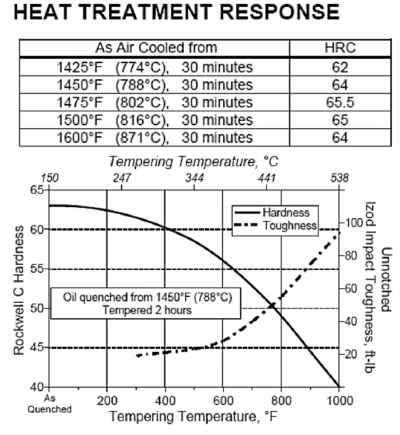
Forging O6 Tool Steel
The forging of O6 tool steel is carried out at 820-1070 ºC. It cannot be performed, or no results would be obtained if the temperature was below 800 ºC.
O6 Tool Steel Machinability
O6 tool steel has a high machinability rating of 130%. This is based on 100% machinability for 1% carbon tool steel. it implied the ASTM A681 has high machinability and can be utilized to create complex and precise geometries.
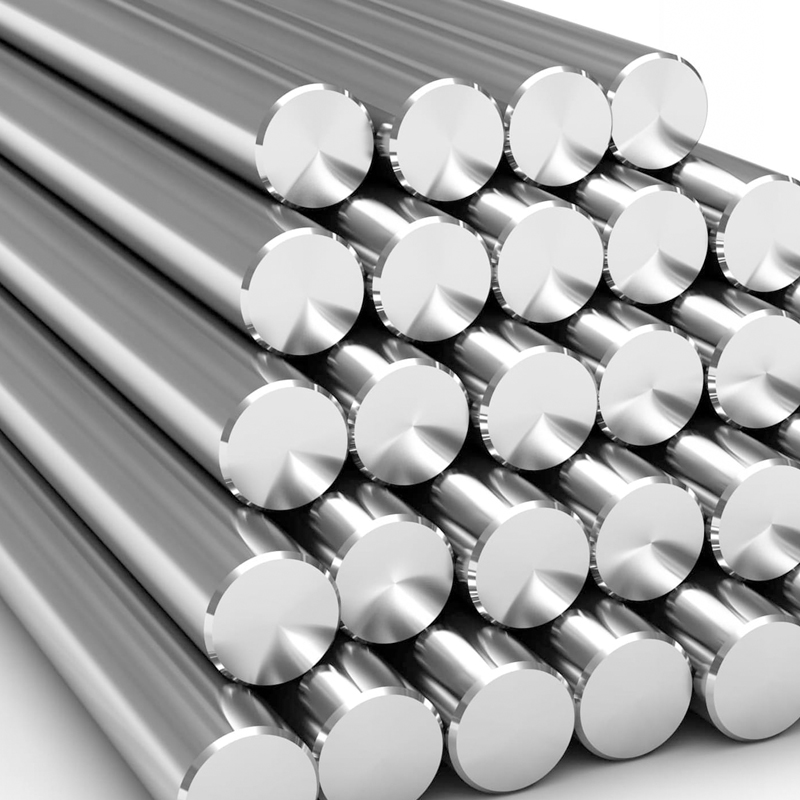
O1 vs O6 Tool Steel
O6 Steel vs S5 Steel
Both belong to different categories. O6 has high dimensional accuracy, toughness and high wear resistance. S5 steel has high toughness and shock resistance
O6 Tool Steel VS Damascus Steel
Oil hardening cold work steel is famous for its wear resistance, machinability and high temperature applications. Damascus steel is a famous knifemaking steel and has high durability and scratch resistance.
O-6 vs D2 Steel
O6 is oil hardening cold work steel. It has high wear resistance and toughness. D2 is air hardening steel and has high toughness. It is not easy to grind or sharpen D2 steel.
O-6 vs A2 Steel
O6 is oil hardening steel famous for high machinability and wear resistance. A2 is a tool steel which has high wear resistance but medium toughness. It is used in making woodworking cutting tools.
What is the toughest tool steel?
Tool steels with highest vanadium are the toughest steel such as A7 and D7
 Tel/WeChat:
Tel/WeChat:  Email:
Email: 
 Home
Home
 Comprehensive Overview of CPM 10V Steel
Comprehensive Overview of CPM 10V Steel 







